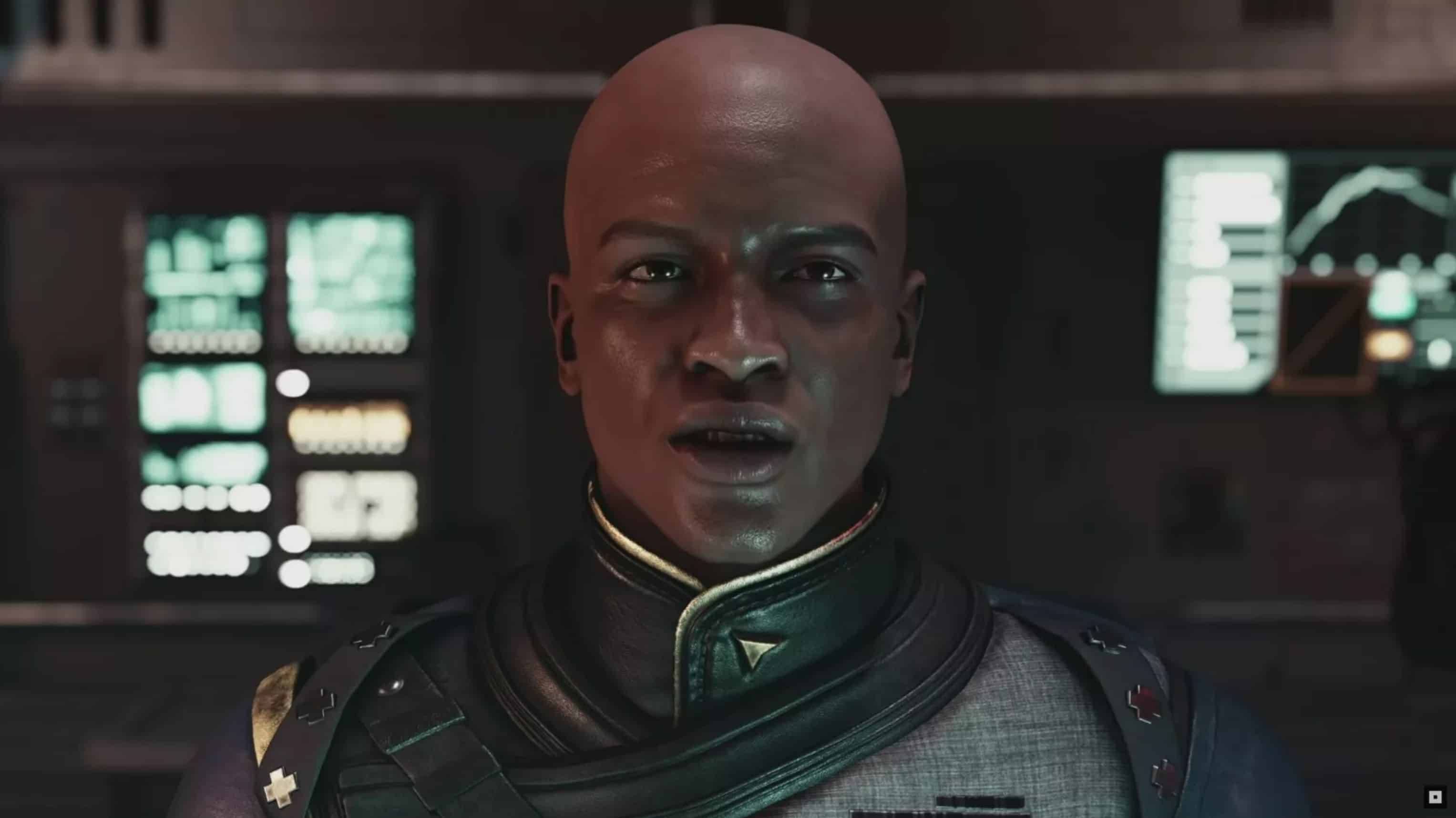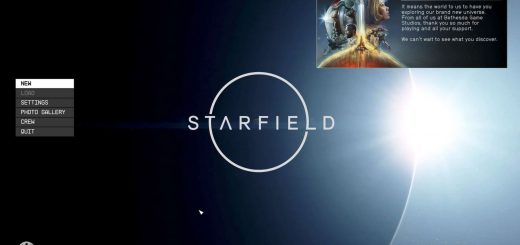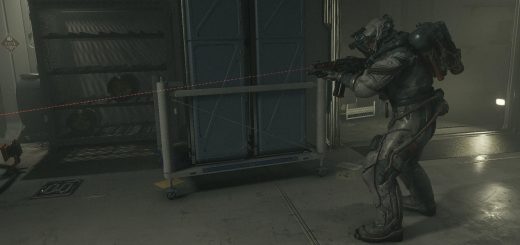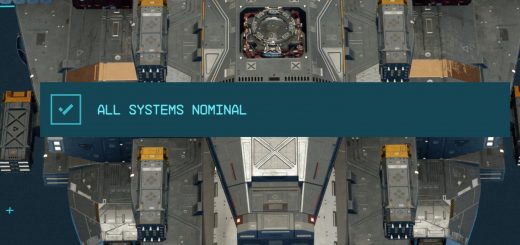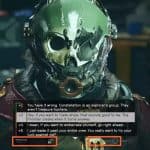

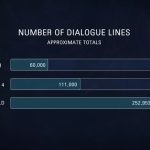

Starfield: Dialogue System
The dialogue system in Starfield will include thousands of lines and utilize an approach reminiscent of the Oblivion persuasion minigame. This aspect of the gameplay will be distinct from standard dialogue, as players engage in the persuasion minigame to attempt to sway someone to take action or express certain sentiments, allocating points to options until they either fail or achieve success.
The system seems intricate, and without hands-on experience, we can only convey what Bethesda has shared. Thus, we have endeavored to outline everything we know about the Starfield dialogue system and how the persuasion mechanics appear to function.
There’s a lot of Starfield dialogue
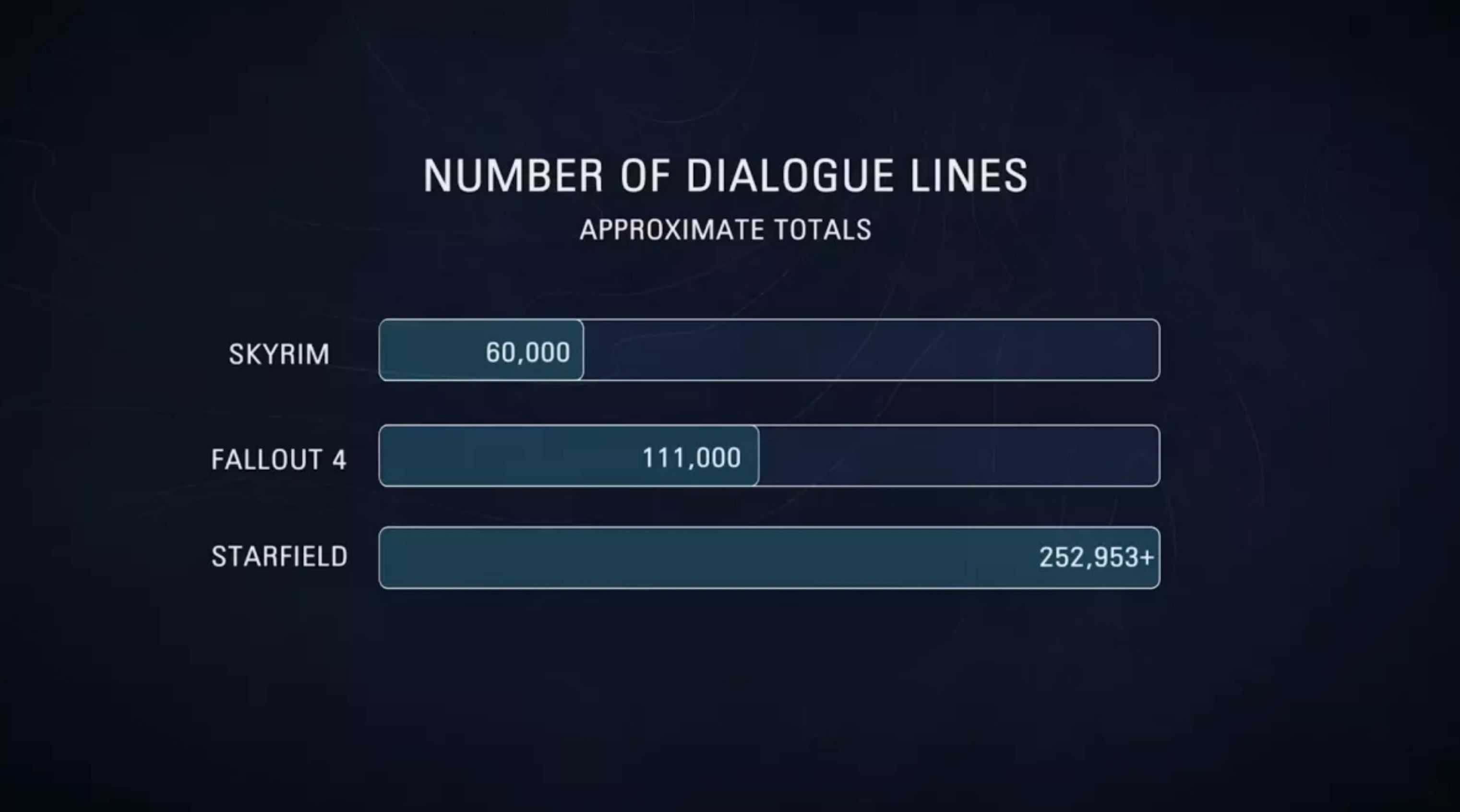
It was already apparent that Starfield was a massive game, with the main quest taking roughly 30 to 40 hours to complete, depending on one’s playstyle. Game Director Todd Howard disclosed in a recent Q&A video that the game contains over 250,000 lines of dialogue – more than double the number found in Fallout 4 and over four times that of Skyrim! Howard assures that “the impact is really there,” so we’re optimistic that it’s not just numerous variations of basic phrases like “hello,” “yes,” “no,” and “goodbye.”
The dialogue system in Starfield draws inspiration from The Elder Scrolls 4: Oblivion but has been significantly evolved. In an ‘Into the Starfield’ episode on YouTube, Lead Quest Designer Will Shen mentions that they wanted to avoid a dialogue system where there’s always “the right thing to say.” From early previews, it seems that Starfield’s dialogue will be akin to systems featured in Alpha Protocol – a game by Fallout: New Vegas developer Oblivion – and Deus Ex: Human Revolution, both of which necessitate selecting responses that resonate with an NPC’s personality or emotional state.
How the Starfield dialogue system works
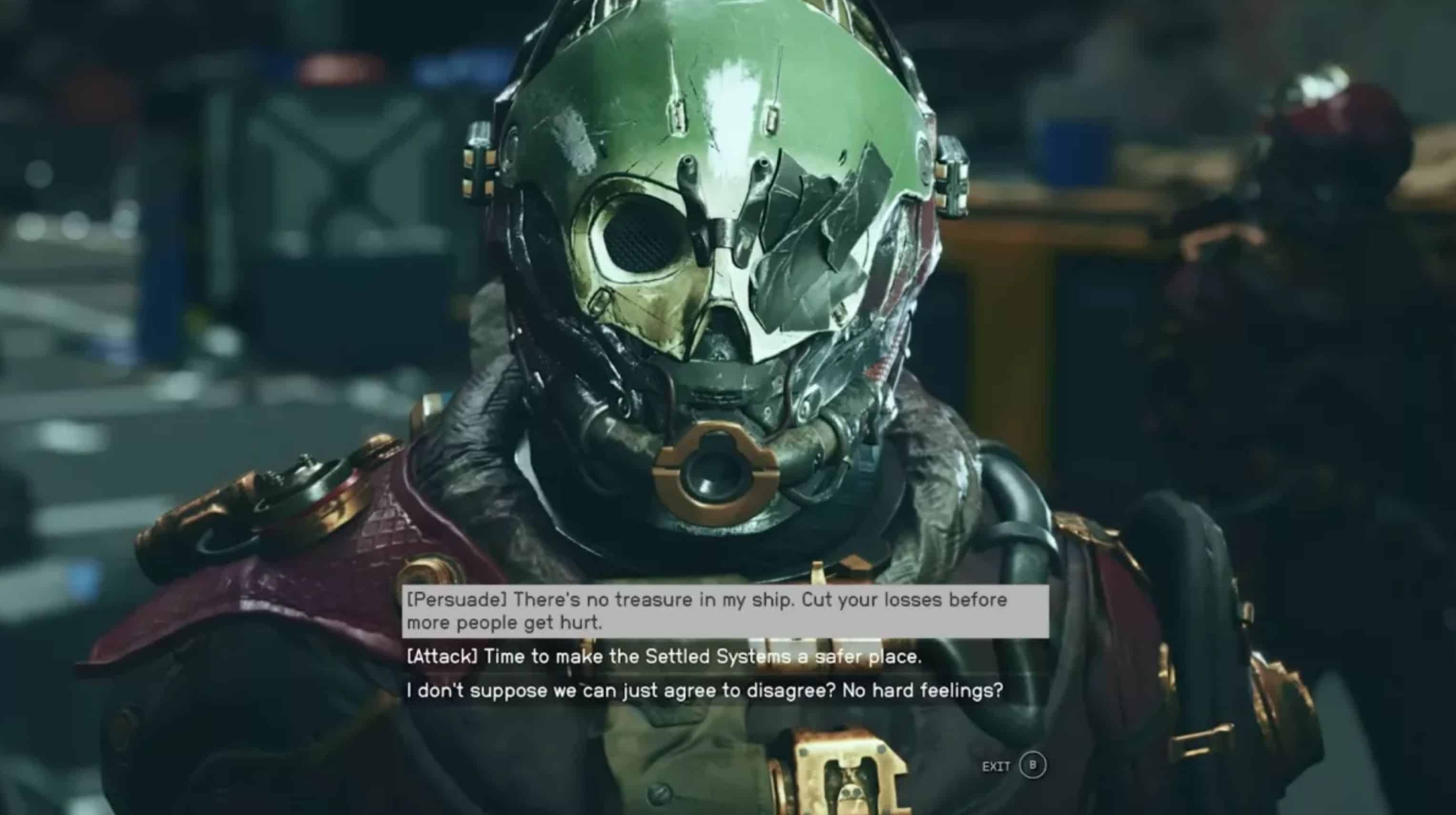
Todd Howard describes the Starfield dialogue system as a classic Bethesda-style system, where players are given a list of choices and can observe facial expressions to gauge mood and reactions during conversations.
In the showcased gameplay, the player’s character encounters an NPC, seemingly a member of space pirates who boarded the player’s ship to plunder it. Three options are available:
- Persuade the NPC that there’s no treasure aboard [Persuade]
- Attack the NPC and attempt to defeat the entire crew [Attack]
- Agree to disagree
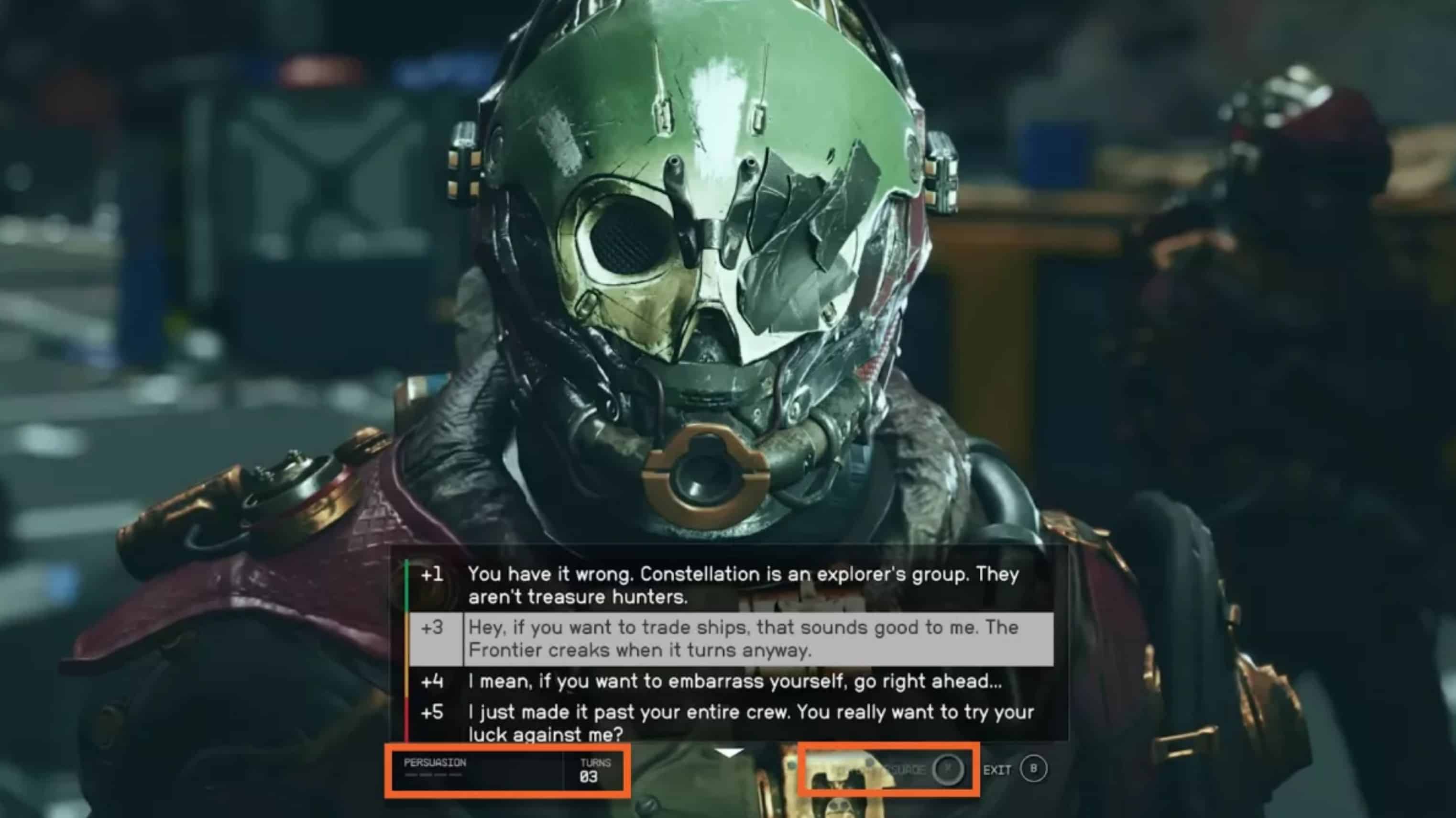
Choosing the [Persuade] option transitions the conversation to a turn-based persuasion minigame. Players have a limited pool of points to spend on persuasive responses during each attempt, with the conversation lasting a predetermined number of turns. Responses are color-coded, with green representing safe and inexpensive options (+1 point), and red signifying riskier and pricier alternatives (+5 points).
In the demonstration, the player selects a moderate, orange-hued response worth +3 points. These points fill a Persuasion bar at the screen’s bottom, and the turn counter decreases from three to two. Though the gameplay ends there, we can speculate on the system’s remaining aspects.
Drawing from Oblivion’s mechanics, Starfield’s dialogue incorporates a risk-reward dynamic within the persuasion minigame. Safer, lower-value responses (+1 or +2) may prolong the conversation and conserve points for stronger arguments later on, while high-risk options (+4 or +5) could potentially win the dialogue outright but risk depleting the player’s points.
This suggests that Starfield’s dialogue system may involve a significant strategic component. The character’s traits and background will undoubtedly influence outcomes, and an Auto-Persuade button was noticed in the clip, possibly allowing players to bypass persuasion attempts. The exact workings of this system will be unveiled when Starfield launches in the first half of 2023.

